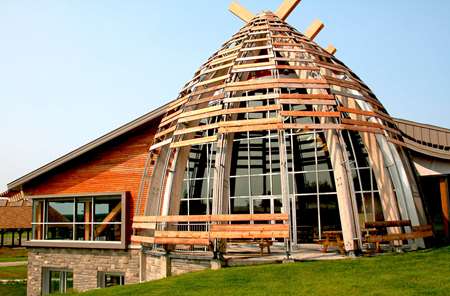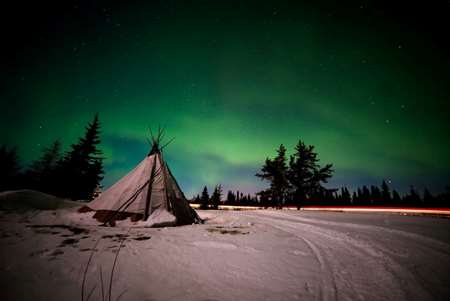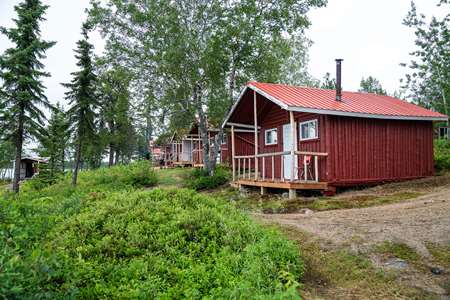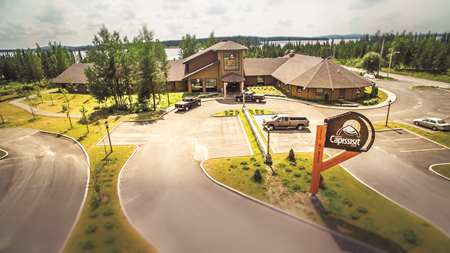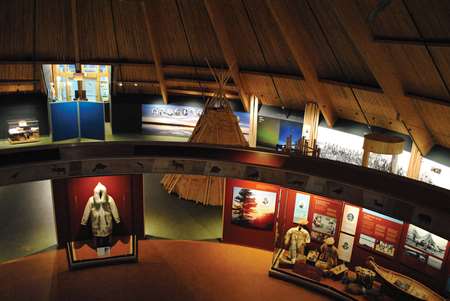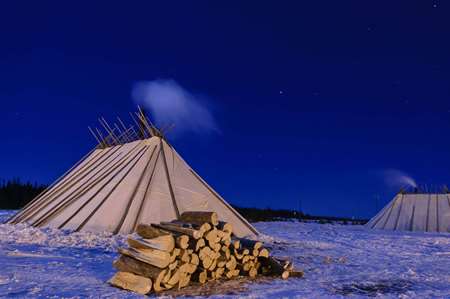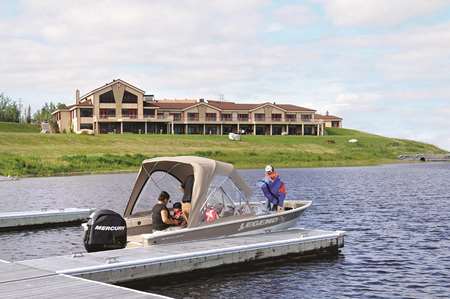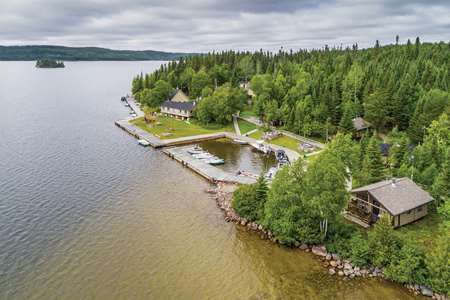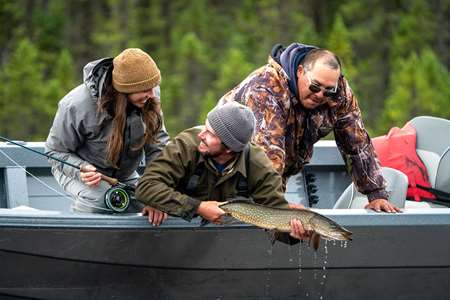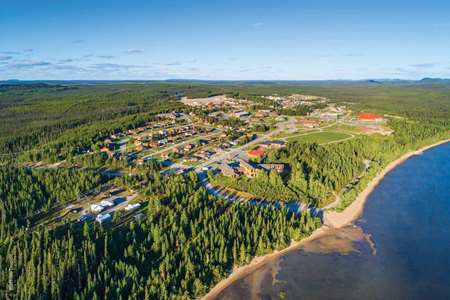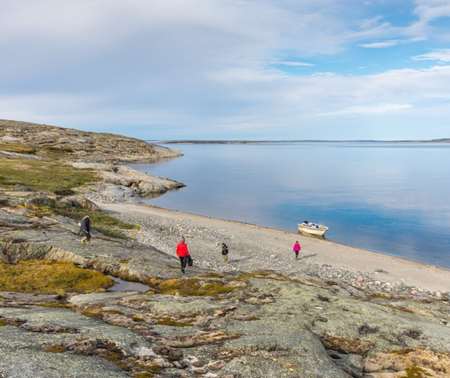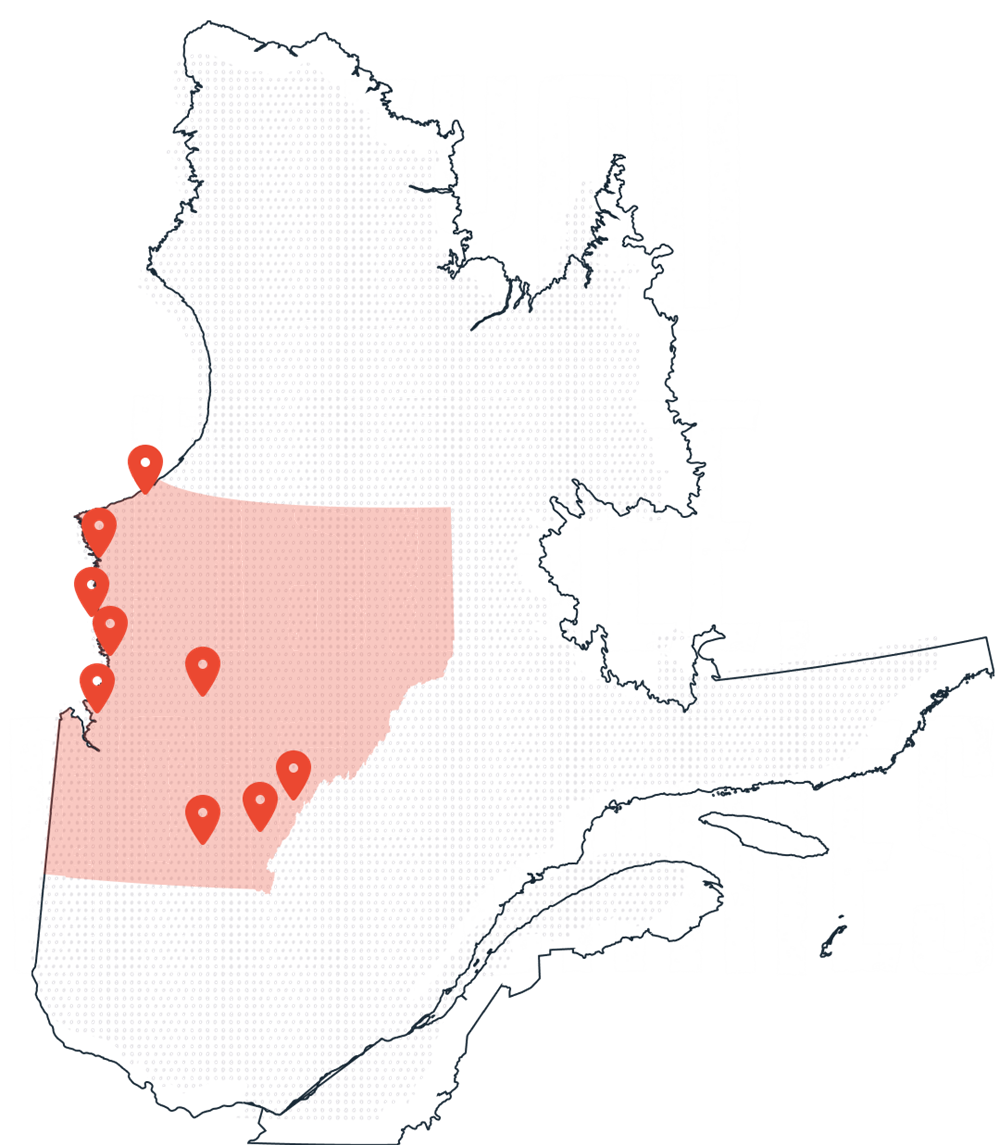
Nordic Escape
Ding ding: last stop before the Great North! Between the 49th and 55th parallel, Eeyou Istchee Baie-James is Quebec’s largest freshwater reserve. The region’s vast taiga and boreal forest represent roughly one fifth of the province. These natural attributes make the territory of the Cree of Eeyou Istchee a dream come true for sport fishers and hunters.
Eeyou Istchee means “the people’s land, our land,” a name that reflects the sentiments of the Cree who’ve lived on these nearly barren lands for the past 5,000 years. Whether on the shores of James Bay and Hudson Bay, or inland, the Cree are present—grouped into nine communities that share this basin of extraordinary natural resources. Their way of life has stood the test of time; the Cree are the largest Indigenous Nation in Canada, with some 200,000 members.
To discover
Communities
Mistissini
Over 4,500 people live in the Cree community of Mistissini on the southeast shore of Lake Mistissini, which is Quebec’s largest natural lake. Its name means big rock and originates from the giant rock that has served as a landmark for several generations. The community offers a perfect blend of tradition and modernity.
Eastmain
Eastmain’s Cree community is the smallest Indigenous community, in terms of population, located along James Bay. It is found at the mouth of Eastmain River. The Cree name of the village, Wapan Tauw, means lands east of James Bay.
Chisasibi
The last Cree community accessible by car, Chisasibi is located near the south bank of the La Grande River. The community was originally on nearby Fort George Island. Nowadays, a cultural festival is held on this island.
Nemaska
Capital of the Cree Nation of Eeyou Istchee and seat of the Cree Nation government, this community is located west of Lake Champion, between Lake Mistassini and James Bay. The community was initially based on the shores of Lake Nemaska near the Rupert River, but historical changes led to its relocation. The community members still speak Cree.
Oujé-Bougoumou
The community of Oujé-Bougoumou, which means the place where people gather, has won a UNESCO award for its sustainable development that leverages traditional architecture. It is also known for the Aanischaaukamikw Cree Cultural Institute.
Waskaganish
A crucial bird migratory site, this small Cree community, established 350 years ago, is located on the banks of the Rupert River. It hosts an important annual event where visitors can observe traditional fishing practices.
Waswanipi
This Cree community is located near the confluence of the Opawica, Chibougamau and Waswanipi rivers. It is the southernmost Cree community in Quebec and the inhabitants speak Cree, English and French.
Wemindji
This Cree community, which owes its name to the Cree word for painted hills or ocher mountains, is set amidst a magnificent landscape. From Wemindji, one can easily explore the nearby coastal islands and observe northern wildlife such as seals, migratory birds and belugas.
Whapmagoostui
Whapmagoostui, which means place of the beluga in Cree, is the northernmost Cree village in the Eeyou Istchee territory, at the mouth of the Great Whale River on the coast of Hudson Bay in Nunavik. The community neighbours the Inuit of Kuujjuarapik.

